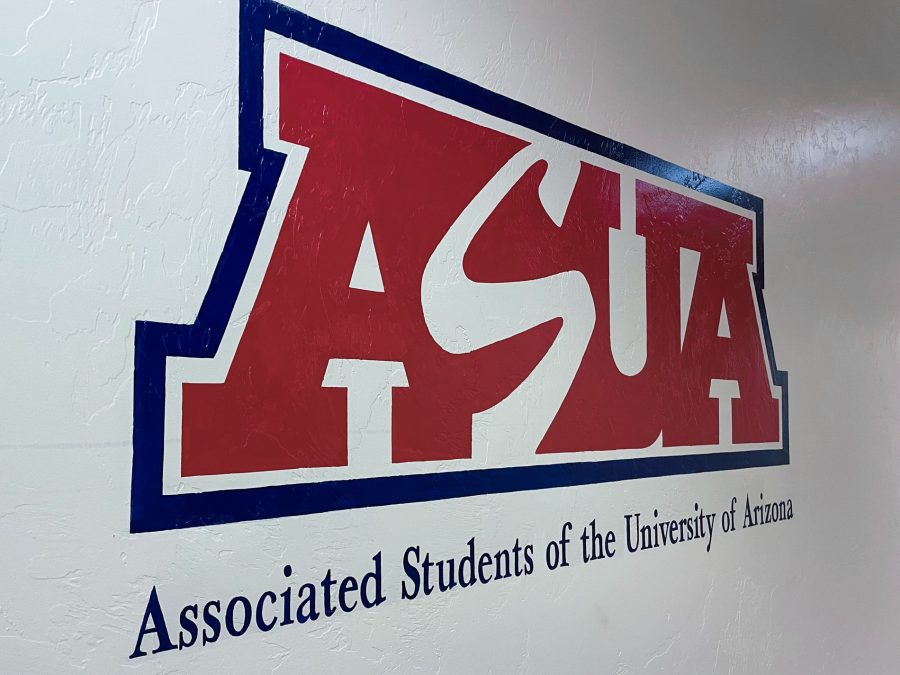More than half of the faculty members approached with offers from other universities this year left the UA, and while overall faculty retention has slightly improved since 1999, the UA is still searching for ways to retain faculty.
It’s an issue heard every year: The UA’s inability to offer competitive salaries leads to an exodus of professors and staff, termed “”brain drain.””
The College of Fine Arts, for example, has had difficulties retaining faculty, said Maurice Sevigny, dean of the College of Fine Arts, in an e-mail.
2006 UA Faculty Retention and Loss Report findings:
$43 million was generated from research by retained faculty over the past three years.
$27 million was generated by unretained faculty.
53 percent of faculty approached with outside offers left the UA, while 47 percent remained.
75 percent of minority faculty approached with outside offers remained at the UA.
Retention rates for women decreased this year to 42 percent.
The James E. Rogers College of Law retained all faculty approached by universities in Colorado, Washington, D.C., New Zealand, New York and Chicago.
“”Overall, the College of Fine Arts salaries are far below national norms,”” Sevigny wrote. “”For example, we lost an assistant professor who was making $44,000 to (New York University) for $65,000.””
Until the UA can address market differentials for the entire college, this will continue to provide temptation for good people to move where they are better compensated, Sevigny said.
President Robert Shelton hopes the state will fund an $8.4 million fund request that would increase faculty salaries and provide added incentive to stay with the UA, Provost George Davis said.
The budget, which was presented and approved by the Arizona Board of Regents at their last meeting in September, will not be determined on a state level until May, Davis said.
While there are dozens of non-monetary reasons that factor into the decision to stay at the UA or leave, a higher salary should provide added incentive to stay put, Davis said.
Toni Massaro, dean of the James E. Rogers College of Law, said the issue is a major problem and will continue to be so unless the UA can find a way to adequately raise UA faculty salary to that of our university peers.
Deans of each college attempt to retain their faculty, often through the use of counteroffers, as a professor is approached with a higher offer by competing universities.
The College of Agriculture and Life Sciences makes counteroffers on a case-by-case basis, depending on the quality of the faculty member’s program, said Dean Eugene Sander in an e-mail.
But the College of Law has not made significant counteroffers because of budget restrictions and the concern of maintaining equity among faculty, Massaro said.
A big obstacle for the College of Medicine involves competition with private-practice salaries, which have increased due to physician shortages, said Keith Joiner, dean of the college, in an e-mail.
“”It is a seller’s market, and it is impossible for us to even come close to matching private practice salaries,”” Joiner wrote.
In 2006, the College of Medicine was only able to retain one faculty member out of seven who were recruited to other schools, wrote Patricia St. Germain, associate dean of medicine, and Anne Wright, associate dean of faculty affairs, in an e-mail.
“”The college has instituted an incentive plan to allow faculty with resources from grants or other discretionary funds to increase their salary to specific national benchmarks established for all faculty in the college,”” St. Germain said.
Retaining and counterhiring minority faculty has become increasingly difficult for the College of Humanities due to budget cuts that began about four years ago, said Dean Chuck Tatum in an e-mail.
“”Since … a steep decrease in our permanent funding base due to cutbacks, we are seriously hindered from making realistic counterhires,”” Tatum wrote. “”It has been particularly difficult in retaining highly qualified women and faculty of color.””
Adequately funding the professors’ research is another component of retaining UA researchers and faculty, Massaro said.
“”If we cannot adequately support their research agendas and keep up with our public school peers, some will find it difficult to remain loyal or to see that they can do their best work here,”” she said.
According to the Faculty Retention and Loss Report of 2006, the the UA’s inability to promote from within due to budget constraints is also contributing to the loss of faculty.
Eleven of 50 UA faculty members recruited away were offered promotions elsewhere.
Lost UA faculty were recruited to about 25 public and private universities this year, including the University of California at Davis, Cornell University and Arizona State University.








